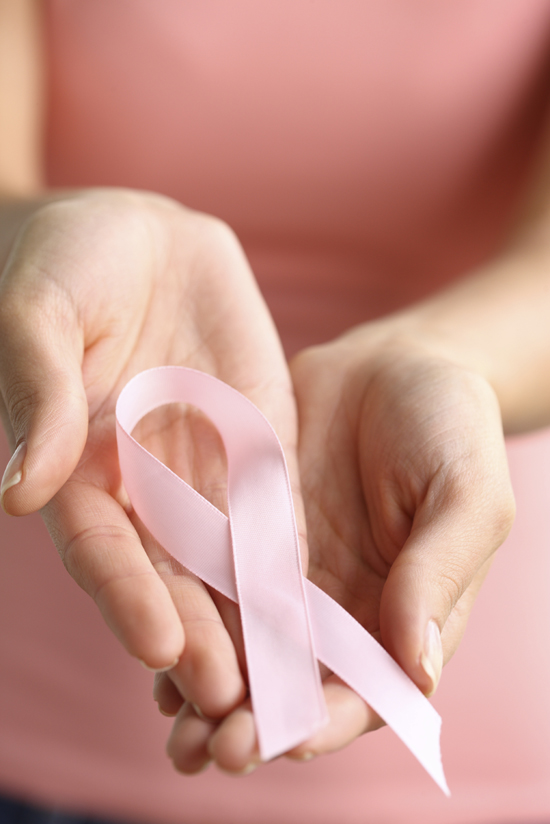 Call it common knowledge, suburban legend, or even another breast cancer myth: Long Island breast cancer rates are considerably higher than the rest of the nation. We’ve heard it many times before… but what are the facts behind this oft-repeated story? And if it’s true, why are the rates so high?
Call it common knowledge, suburban legend, or even another breast cancer myth: Long Island breast cancer rates are considerably higher than the rest of the nation. We’ve heard it many times before… but what are the facts behind this oft-repeated story? And if it’s true, why are the rates so high?
As breast cancer awareness and research increased during the 1980s, it became apparent that Suffolk and Nassau County had a breast cancer incidenceIncidence refers to the occurrence of new cases of disease or injury in a population over a specified period of time. rate (that is, rate of first-time diagnosis) approximately thirteen to eighteen percent higher than the statewide average, depending on the years averaged and the sources referenced*.
Many Long Island women affected by breast cancer were convinced environmental factors were at work, and some formed an advocacy group to petition the federal government to fund research into the most pressing question: why were Long Island breast cancer rates so high?
With help from then-Senators Alfonse D’Amato of New York and Tom Harkin of Iowa, the advocates secured nearly $30 million in funding for a massive, long-term study of Long Island breast cancer cases. For nearly a decade, researchers studied thousands of Long Island women in order to learn if exposure to dangerous pollutants or even electromagnetic fields were to blame.
The massive result, a library of data gathered from more ten studies, is known as the Long Island Breast Cancer Study Project (LIBCSP). Researchers today are still using the project’s data and conducting follow-up studies to investigate the possible causes of breast cancer. The latest findings, for instance, point to a possible link between diabetes and a higher risk of death from breast cancer.
After 20 years, however, there has been very little evidence that any environmental exposures have contributed to Long Island’s higher-than-average breast cancer rates. Instead, results pointed to many well-established breast cancer risk factors that have a higher incidence on Long Island, such as having children at a later age, a family history of breast cancer, and increased alcohol consumption. Those risk factorsAnything that increases or decreases a person’s chance of developing a disease. are, in the end, why Long Island’s rates are higher than the national averages. Breast cancer statistics can be tricky, but it’s clear that the Northeast has higher rates than the rest of the country, and affluent suburbs tend to be highest of all.
The good news, of course, is that research continues to show there are many lifestyle choices we can make to help reduce the risk of breast cancer. Maintaining a healthy diet, enjoying regular exercise, and avoiding alcohol and other carcinogens are all important ways to stay healthy.
*Sources commonly cited include: National Cancer Institute LIBCSP statistics; Long Island Breast Cancer Study Project report to Congress; Frontline, June 1998; New York Times, June 1992
UPDATED SEPTEMBER 2015